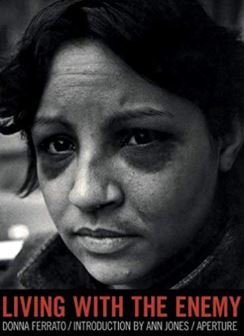Shelter in South Africa
The first domestic violence shelter in South Africa was opened by People Opposing Women Abuse in 1984. A second shelter was opened by Rape Crisis Cape Town the following year. Shelters today differ quite substantially from these early fore-runners. None is dedicated to domestic violence, with the Department of Social Development now referring to them as shelters for victims of crime and violence. Domestic violence now accounts for about half of women's stays in shelters, and family violence and rape contributing to another quarter of women's stays. The remaining women have experienced homelessness, trafficking, pregnancy, crime and other difficult circumstances. Most concerningly, shelters in the Eastern Cape appear to be used when health facilities fail and are unable to admit women to their psychiatric or substance abuse sections. Shelters are not equipped for this.
I'm commenting on this is because it seems they have been quietly transformed into something other than how they are typically represented publicly. This is part of a broader trend that sees the Department of Social Development (DSD) stripping specialised services of their specialisation, grinding everything down into the generic. This means they're moving in a direction very different to that of the criminal justice system, which increasingly focuses on specialisation.
There seem to be two aspects to the DSD's approach: inadequate funding for services generally; and a horror of specialisation. The first sees them lumping everyone and everyone together in the name of treating all equally (hence, abused men must be put into the same shelter as abused women to prevent discrimination), while the second seems to be based on the idea that everyone should get a little something, no matter how poor the quality.
Practically, this translates into policy stagnation and atrophying services and programmes. Nothing is learnt, nothing is developed and nothing is deepened. They confuse the appearance of the thing (its form) with its substance. There's a shelter, therefore sheltering must be going on. Something is going on - but what? Difficult to know when I have so little information to go on.
So what does one advocate for? That's the question for this current report.

To listen to the audio version of this article click on the play image.

Brought to you by @tts. If you find it useful please consider upvoting this reply.
The state agencies are very vocal when it comes to 'women's issues'. Like they say, talk is cheap. Also, one starts to avoid criticising a champion of 'the black and the poor and of women', so in that regard, criticising the agencies is very expensive. As you point out, nothing is as it seems. In a country with rampant crime and violent death, corruption and degrading social services, one has to have a new card to play as the 'race card' is faded. The narrative of patriarchy and violence as a gender-related phenomenon, is a conveniently ready-mademarketing tool for the state. Men are violent, they kill one another and they kill women. We protect women. When women kill men, it is easily framed in the context of this narrative as well. It is a new way of dividing and ruling.